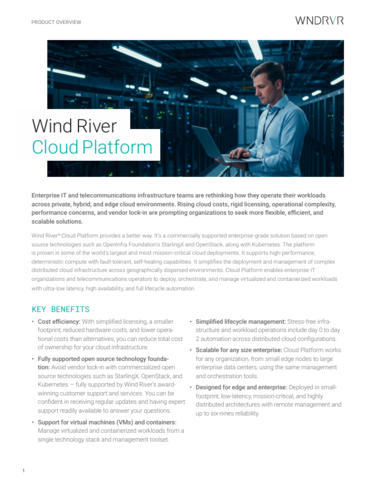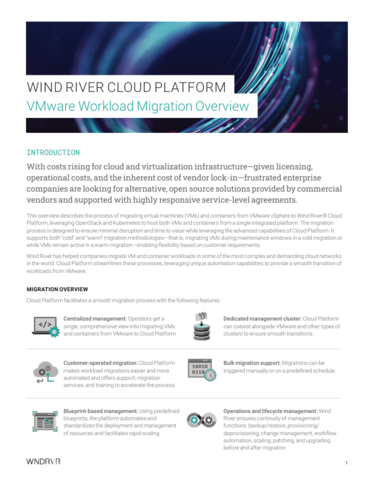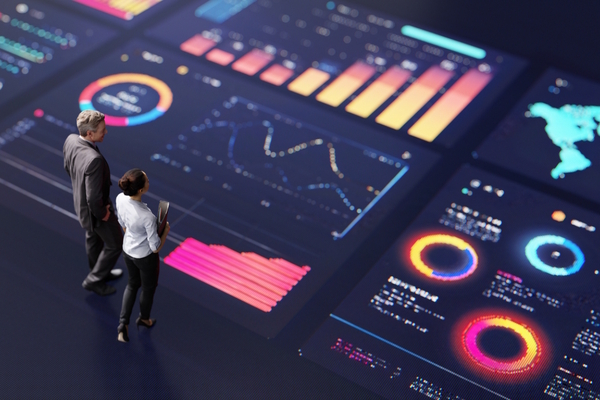The impact of edge AI
Sponsored by Wind River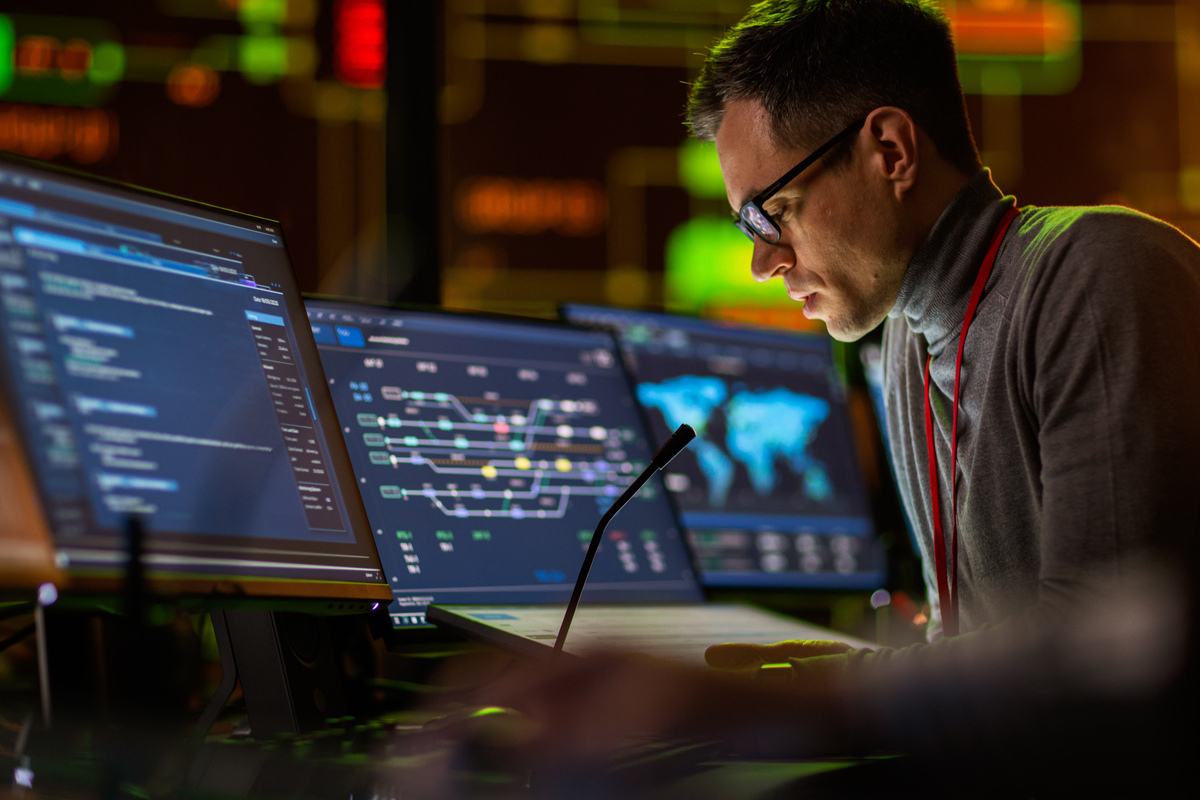
The convergence of operational technology (OT) and information technology (IT) is reshaping the technology landscape, ushering in a new era of intelligent edge computing. Traditionally, OT systems, such as industrial control systems, sensors and machinery, have operated in isolation from IT systems, which manage data, analytics and enterprise applications. However, the growing demand for real-time insights, automation and resilience is driving these two domains together. This convergence is creating a more connected, context-aware and intelligent edge, where data is not only collected but also processed and acted upon locally.
As this intelligent edge matures, the emergence of edge AI is accelerating its evolution. Edge AI refers to the deployment of AI models directly on edge devices, enabling them to analyse data and make decisions without relying on centralised cloud infrastructure. This shift is critical in environments where latency, bandwidth and privacy are constraints. The result is an increasingly intelligent edge, one that is context-aware, responsive and capable of autonomous action. By embedding AI at the edge, organisations can unlock faster response times, reduce data transmission costs and enhance operational autonomy.
This is already delivering value across sectors. In the automotive sector, advanced driver assistance systems (ADAS) use edge AI to process sensor data in milliseconds, supporting features such as emergency braking and lane-keeping. In manufacturing, edge-based vision systems can detect defects, monitor safety compliance and help reduce downtime. In healthcare, edge AI can automate the transcription of notes, monitor vital signs and surface actionable insights, freeing clinicians to focus more of their time on actual patient care.
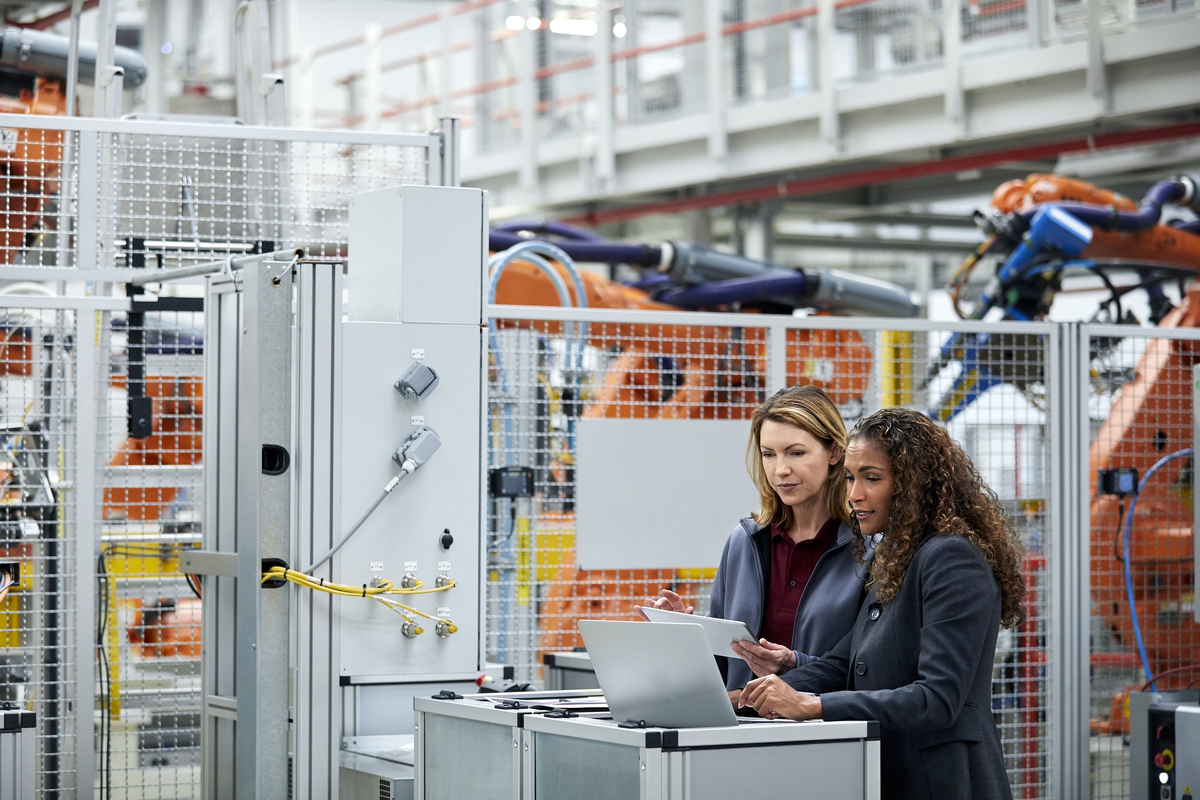
However, realising this future isn’t without challenges. Hardware and systems have historically been designed for static tasks and yesterday’s software and hardware were often built to run for 10 or more years. AI has accelerated the need for more advanced computing by changing the usage profile. The edge system itself may have to be redesigned to support the next 10 years, folding in the AI impact. However, what may be good enough today could become obsolete in just a few years. The value is there to be captured, but shifting organisational inertia to modernise with an eye for edge optimisation and automation will be a core challenge.
Other obstacles could include entrenched processes and cultural resistance, which can slow adoption. Many enterprises are cautious about replacing systems that already work. For edge AI to gain traction, it must not only match but clearly outperform existing solutions in speed, accuracy and cost-efficiency. Moreover, organisations must foster a culture of innovation: one that rewards experimentation and aligns incentives with transformation.
To overcome these barriers, companies need a thoughtful, tailored strategy. Key enablers include:
- Real-time, deterministic compute platforms optimised for AI workloads
- Model optimisation and orchestration tools to manage AI across diverse edge environments
- Secure, scalable infrastructure that bridges OT and IT seamlessly
- Governance frameworks to ensure responsible AI deployment
The convergence of OT and IT is laying the foundation for a more intelligent edge, and edge AI is a catalyst that will further drive its transformation. Edge AI is not a distant concept. It’s here, delivering tangible results. As organisations move from experimentation to scale, the next wave of transformation will be defined by strategic integration and intentional innovation. Companies that invest now in the right infrastructure, partnerships and cultural mindset will be best positioned to lead in this software-defined, AI-driven future.
To learn more about how Wind River is advancing the era of the intelligent edge, visit windriver.com
By Sandeep Modhvadia, Chief Product Officer, Wind River

Business Reporter Team
Most Viewed
Winston House, 3rd Floor, Units 306-309, 2-4 Dollis Park, London, N3 1HF
23-29 Hendon Lane, London, N3 1RT
020 8349 4363
© 2025, Lyonsdown Limited. Business Reporter® is a registered trademark of Lyonsdown Ltd. VAT registration number: 830519543
